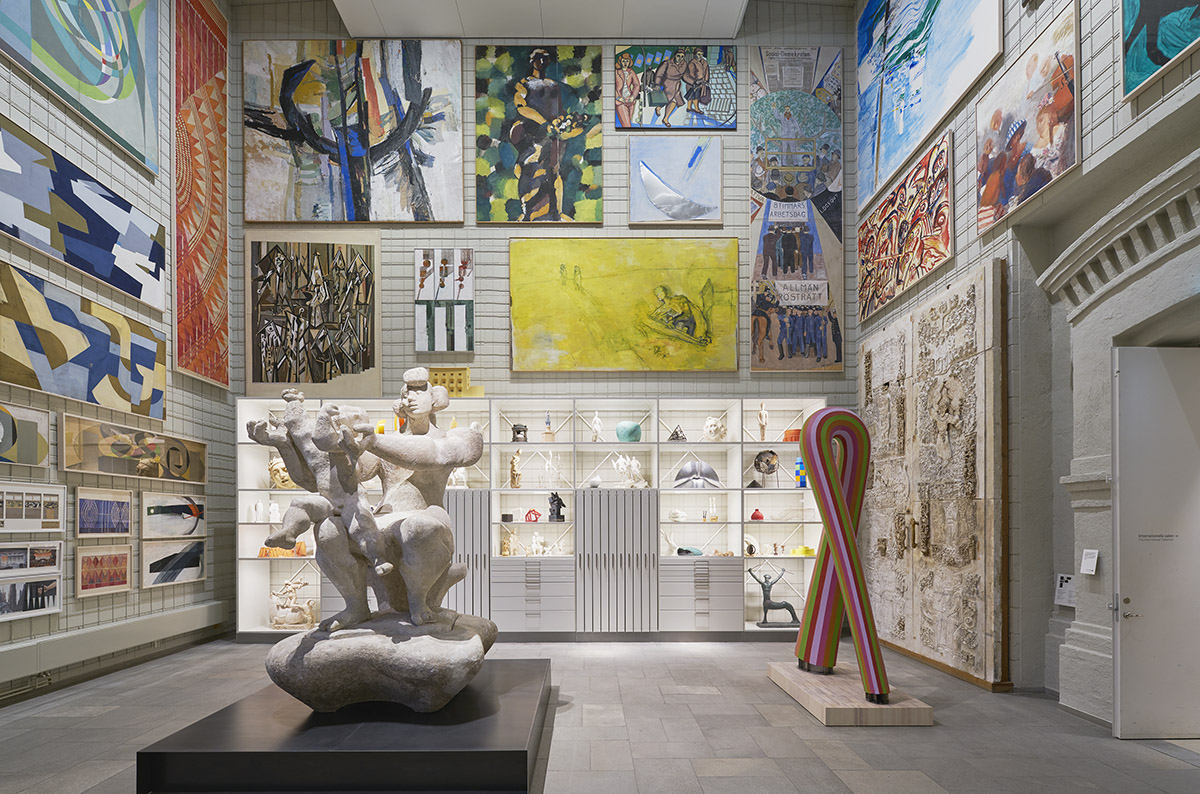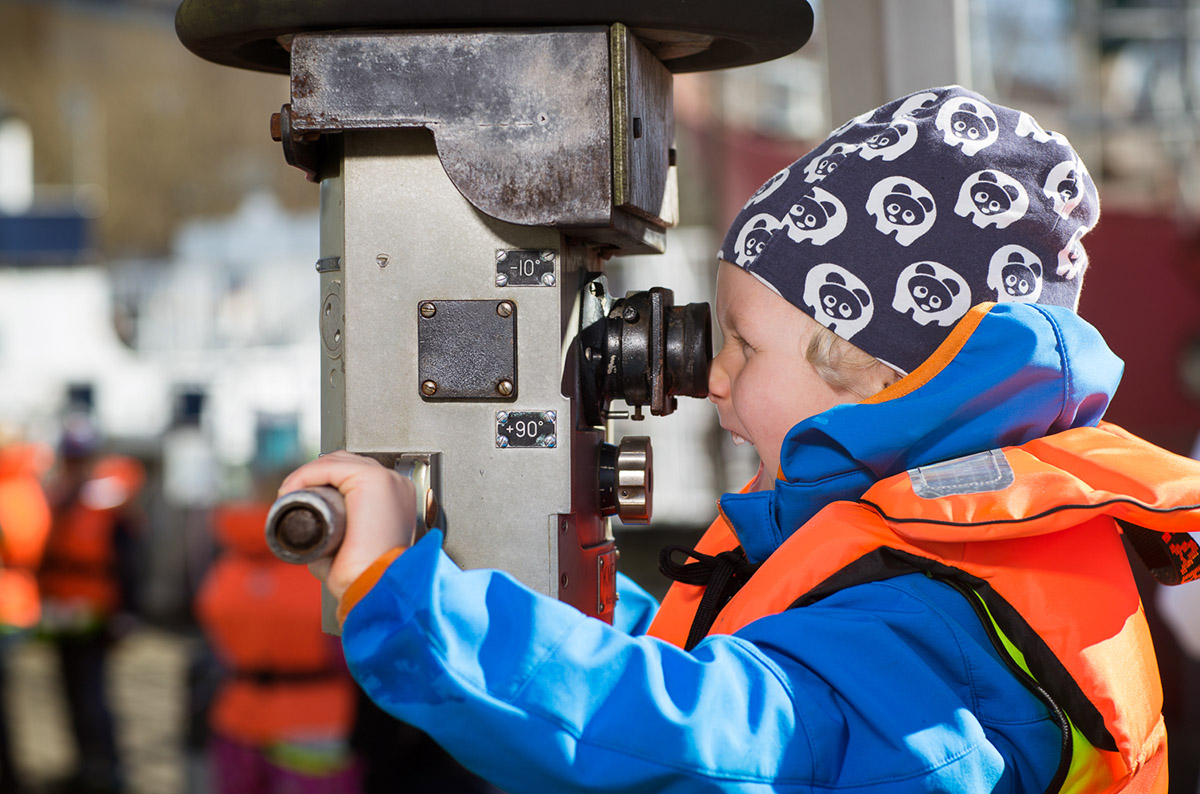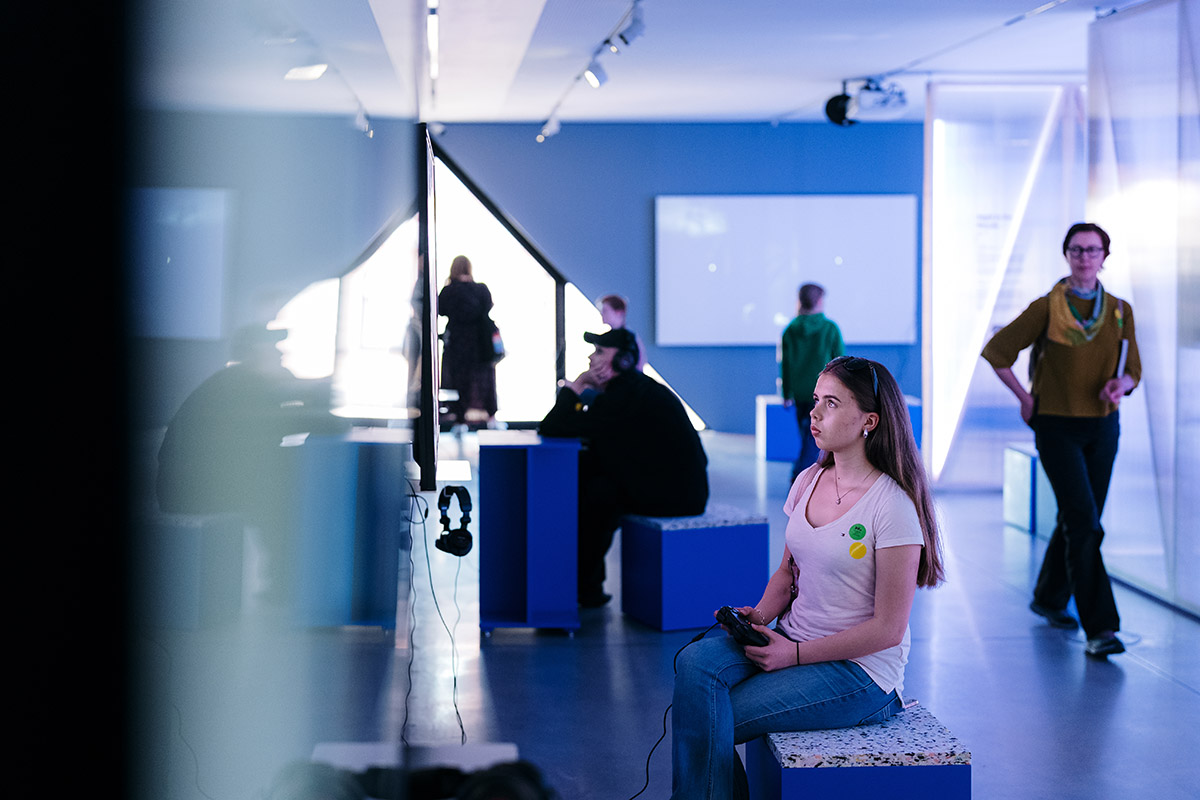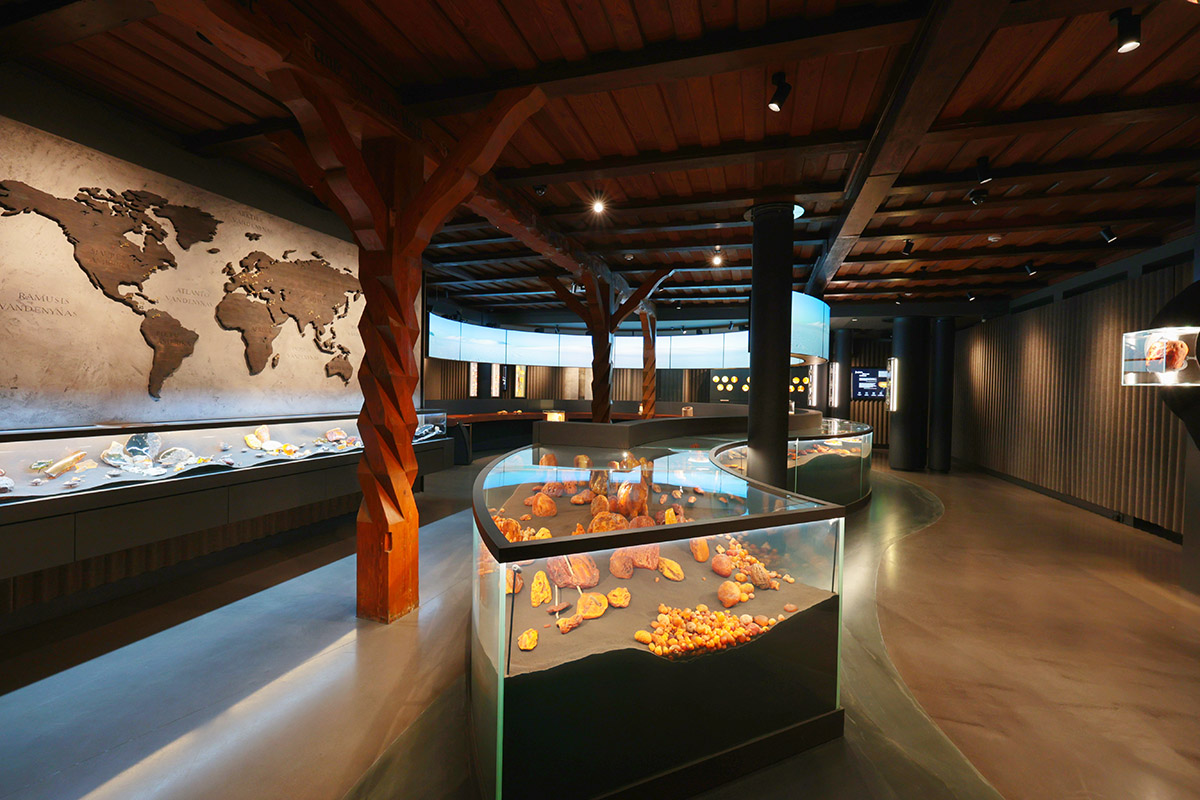The National Gallery of Iceland: Free and poetic – an exploration of Icelandic art
By Signe Hansen
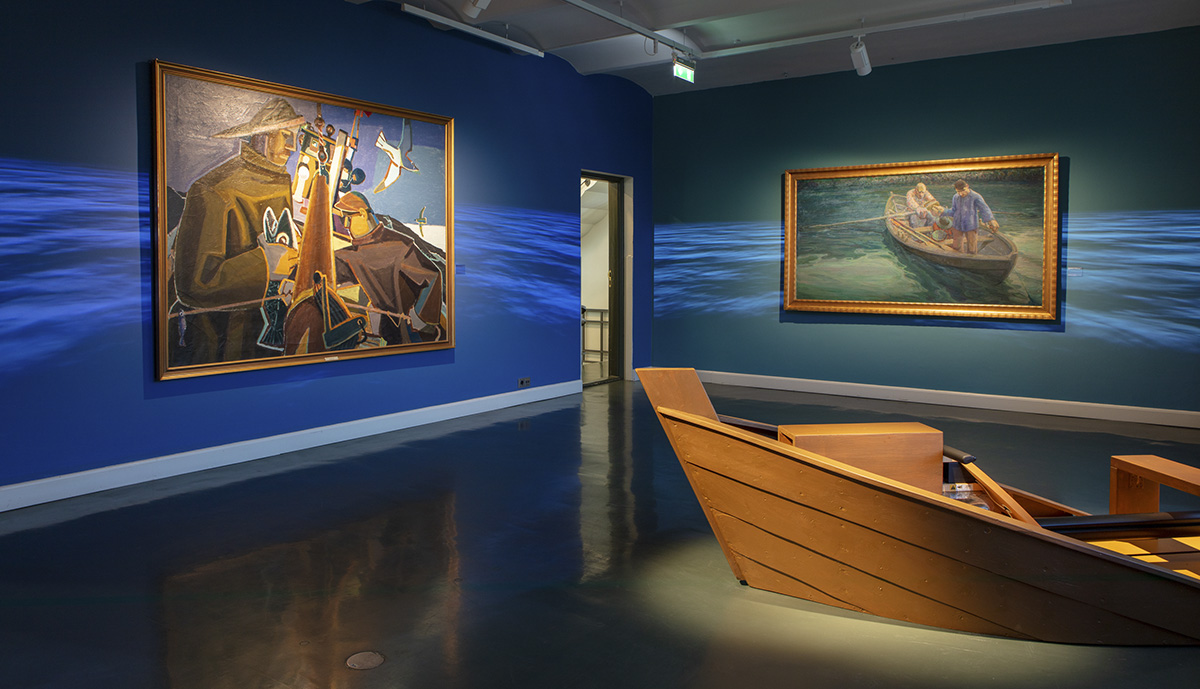
Installation shots from the exhibition Resistance, Interplay of Art and Science. Photo: Sigurður Gunnarsson © the National Gallery of Iceland
With a short classic art history to refer to – or be confined by – the modern and contemporary artists of Iceland have created on their own terms. Their free approach, often inspired by nature and immediate surroundings or context, can be explored in the three equally distinct venues of the National Gallery of Iceland in Reykjavik.
A humble artist abode, an old icehouse restored with modern exhibition units, and a library building that was known as the largest and finest building in Iceland in the early 20 th century – just as the artworks they house, the three exhibition venues of the National Gallery of Iceland represent a diverse and free approach to the world of visual art. Asked what defines the Icelandic artists presented in the gallery’s large collection and many special exhibitions, director of marketing and development, Dorothée Kirch, says: “It’s difficult to say because Icelandic artists don’t want to be pinned down, but nature appears to play a crucial role and people also often talk about a characteristically poetic approach. Moreover, we have a rather short classic art history in terms of visual arts and that is reflected in what is done now – it is very free, very experimental, and it can be very abstract.”
Indeed, while artists of other cultures might be influenced by their culture’s art history through periods such as the Renaissance, in Iceland, the first formally trained artists appeared only at the turn of the last century, when they left, mostly to Copenhagen, around 1900 to study art or sculpturing. It was only then that the visual arts started developing as an offspring of the island nation’s strong craft traditions.
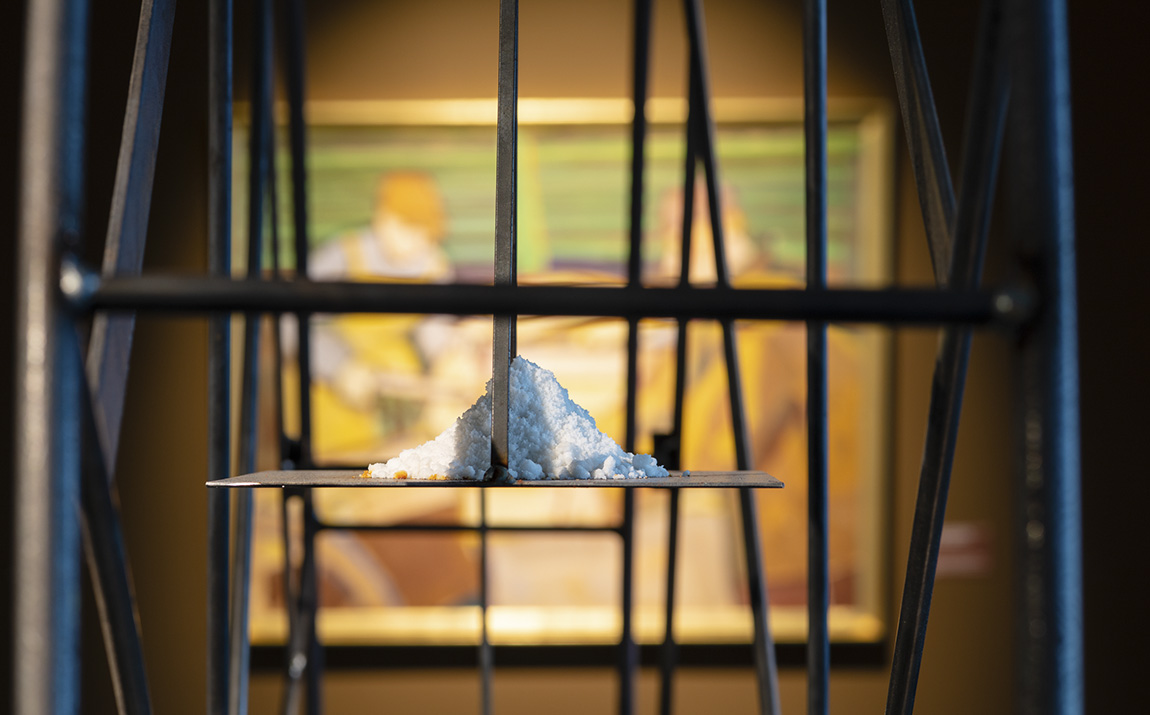
Icelandic art from the 19th and 20th century
By purchasing one combined ticket, visitors can visit all three of the National Gallery’s locations, the main gallery, the House of Collections, and Home of an Artist. The latter is, as the name indicates, the former home of Ásgrímur Jónsson (1876–1958), one of the pioneers in the history of Icelandic art and the first Icelandic painter to make a career in art. In his humble abode, visitors can explore an exhibition of his artworks but also experience his home like it was when he was still alive. “It’s a tiny house, he didn’t have a wife or any children, so the house is just his own living quarters downstairs and his workspace on the upper floor,” explains Kirch. “But everything, from the colour on the floor and so on is like it was when he was still alive; you get the feeling that he just went out and could pop back in any time.”
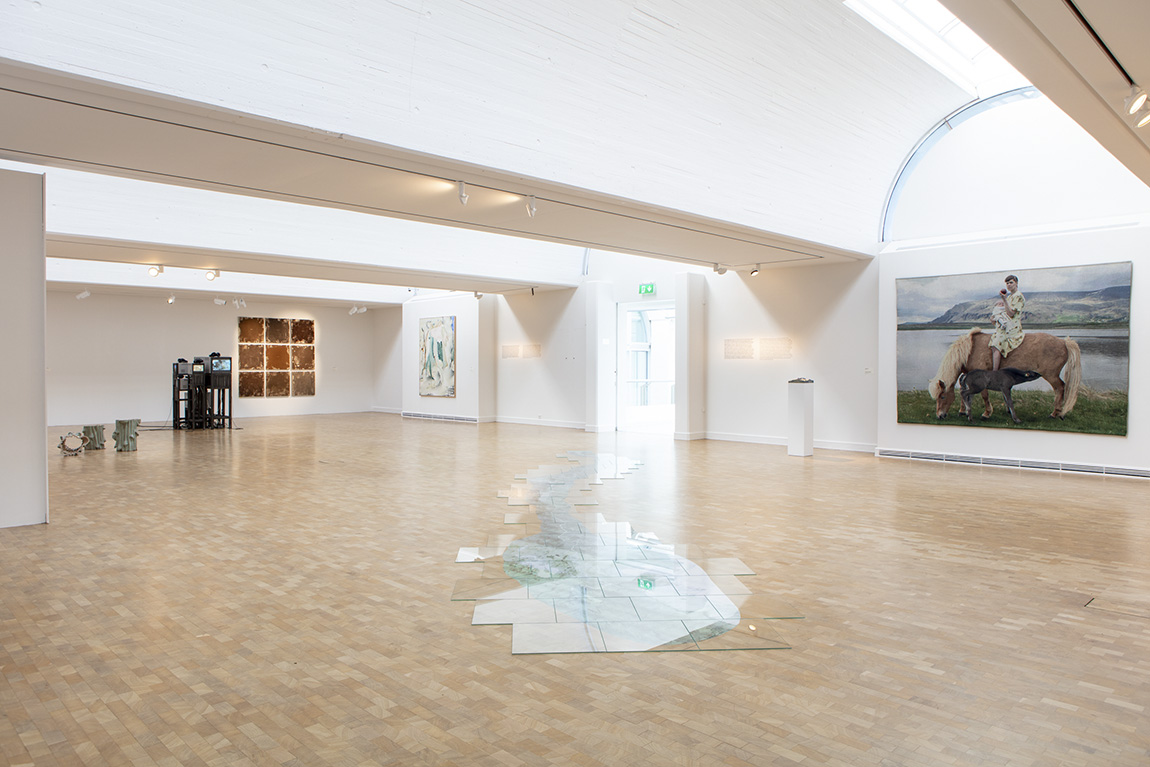
Installation shots from the exhibition Some Recent Works – New Acquisitions Photo: Sigurður Gunnarsson © the National Gallery of Iceland
Meanwhile, the exhibition at the House of Collections, the city’s old national library, reflects the gallery’s increased effort to strengthen its offers to children and families. As the gallery’s only permanent exhibition, Resistance – Interplay of Art and Science presents an “interdisciplinary exhibition for children of all ages, that bridges the gap between visual arts and science”. “It’s about the connection between humans and nature, how nature influences us and how we influence nature and is created to be accessible for families and children,” explains Kirch. The exhibition opened last year and will run for three more years.

The national Gallery of Iceland includes the former home of Ásgrímur Jónsson (1876–1958) where visitors can also view his works. Photo: Sigurður Gunnarsson © the National Gallery of Iceland
Friends of the universe
For those who want to explore the collection of the National Gallery of Iceland in-depth, of course, a visit to its main venue, the old icehouse in Fríkirkjuvegur 7, is also a must. In the many exhibition halls of the three-storey building, visitors can experience a number of temporary exhibitions based on the gallery’s own collection as well as solo and group exhibitions by Icelandic and international artists. Currently, the gallery is hosting Egill Sæbjörnsson and Infinite Friends of the Universe, an exhibition by the characteristically playful Icelandic artist Egill Sæbjörnsson. As the title of the show reveals, Sæbjörnsson has invited a number of his “very real imaginary” travel companions to take part in the exhibition. “Egill lives in Berlin and has built up a very exciting and interesting career. He works in installations, video work, and music, and, through his years, he has created a number of characters that appear in his work like living entities, the infinite friends of the universe,” Kirch explains.
Parallel to Sæbjörnsson’s show, the gallery is presenting, Some Recent Works – new acquisitions, an exhibition presenting a broad range of works by 12 male and female artists from Iceland, all of them address, in one way or another, the relationship between humans and nature.
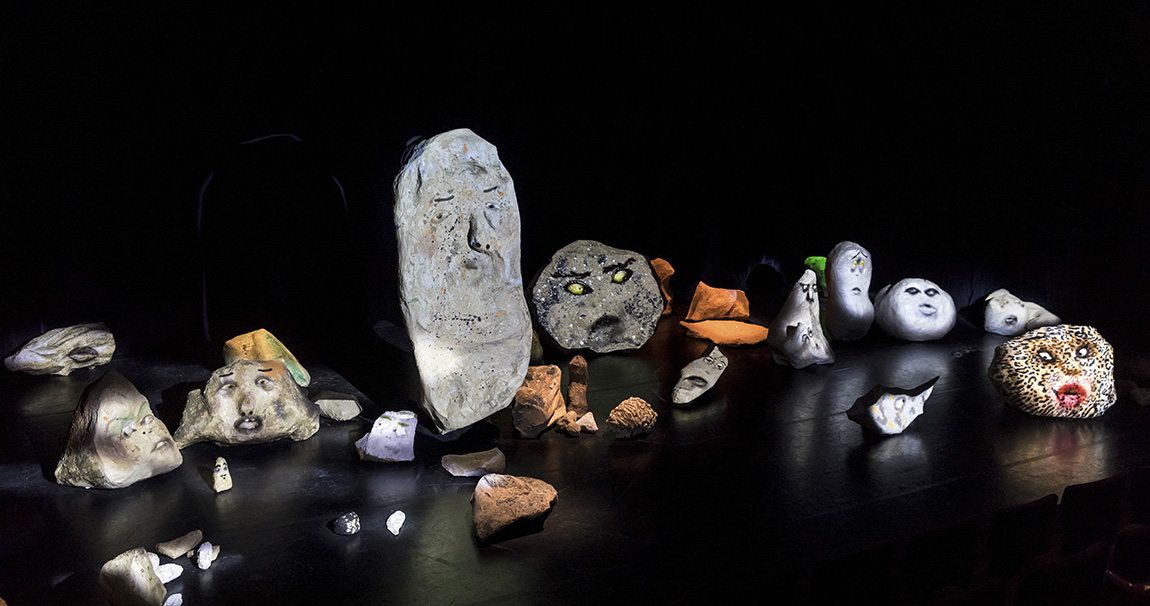
Egill Sæbjörnsson, The Egg or The Hen, Us or Them, 2011 Installation view STUK 2018. Photo: Kristof Vrancken © Egill Sæbjörnsson
Web: www.listasafn.is Instagram: @listasafnislands
Subscribe to Our Newsletter
Receive our monthly newsletter by email

